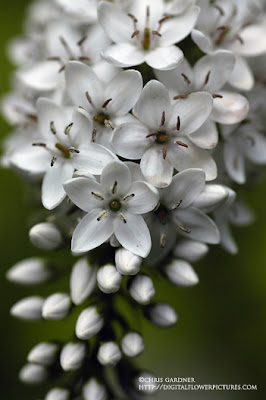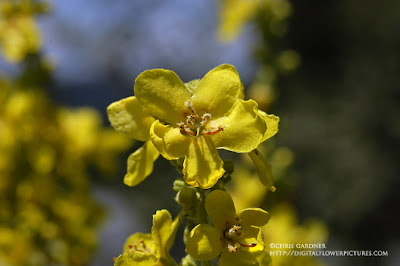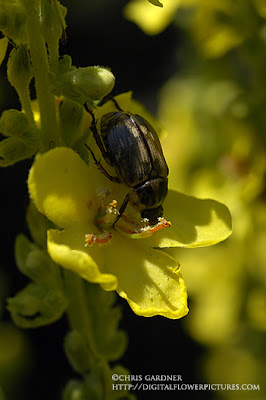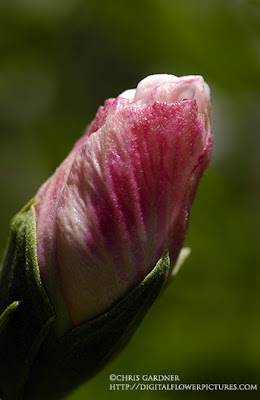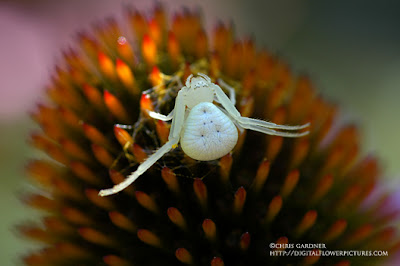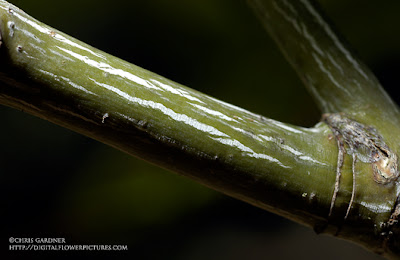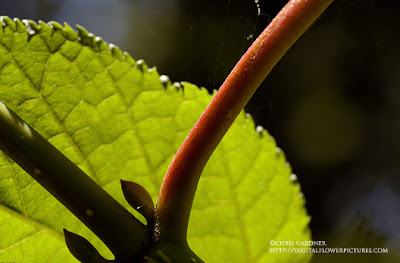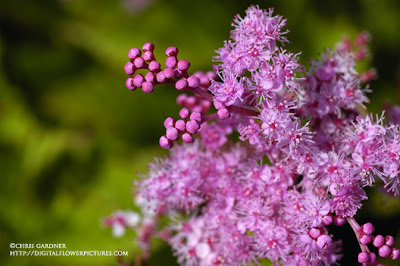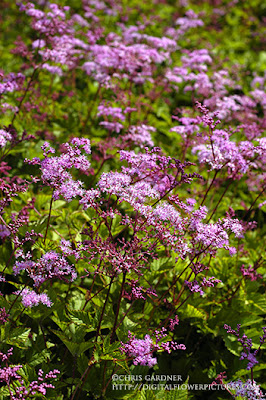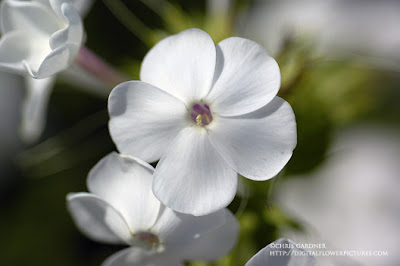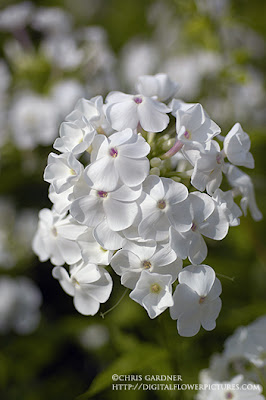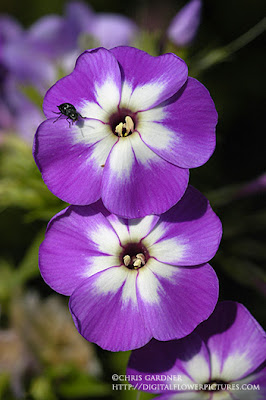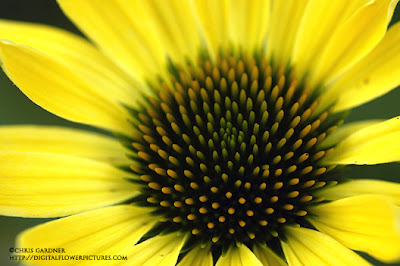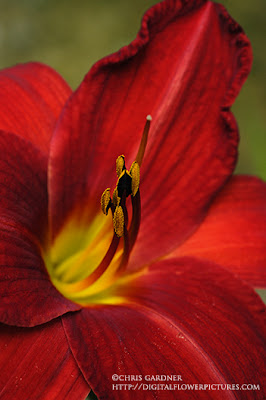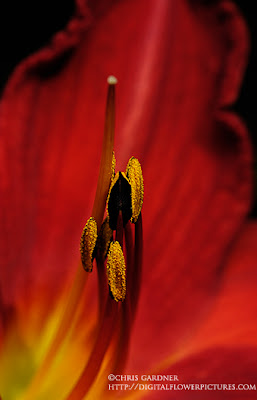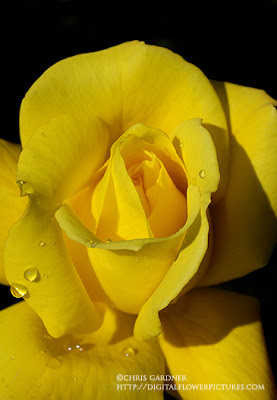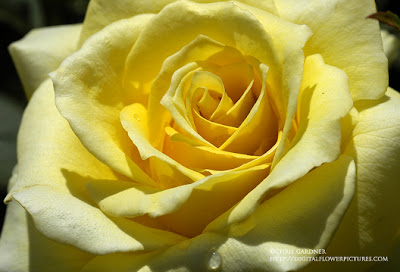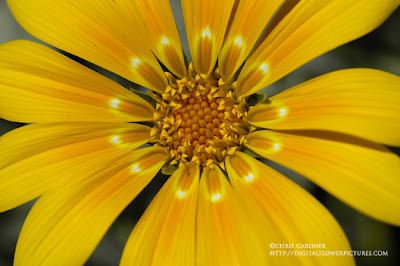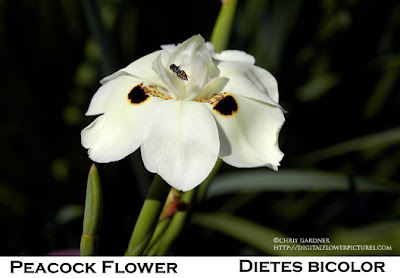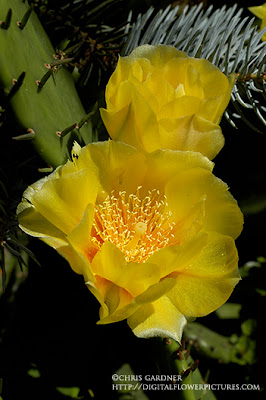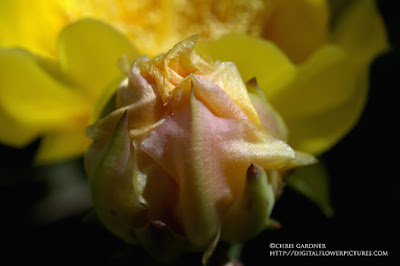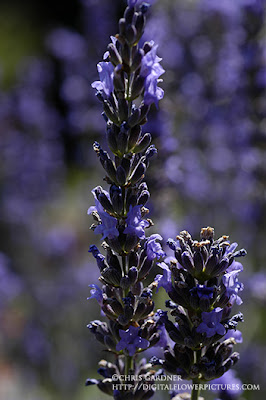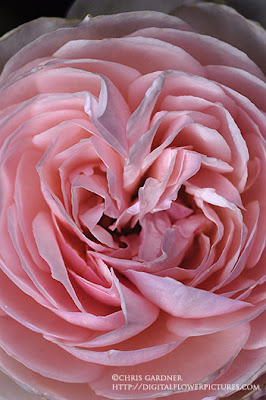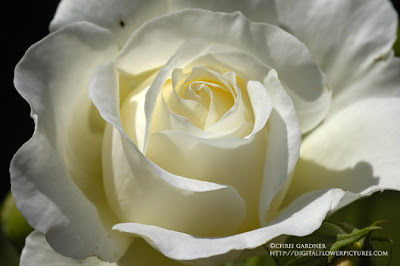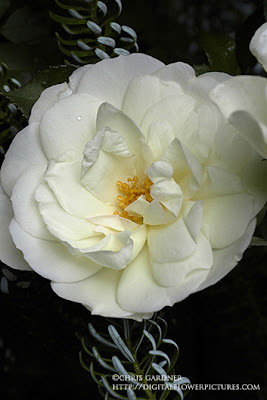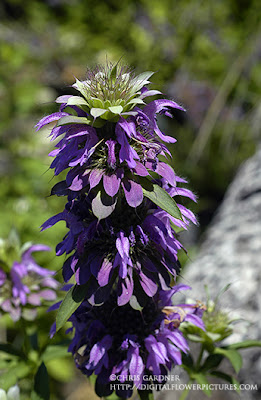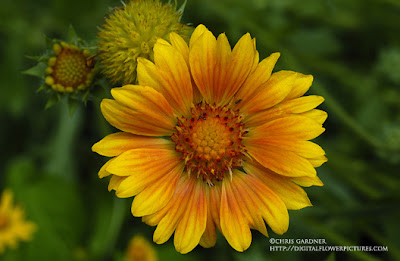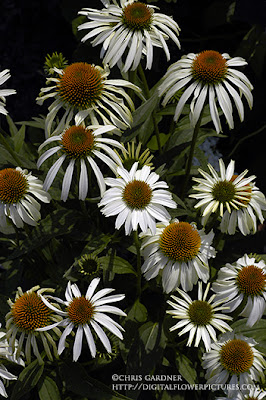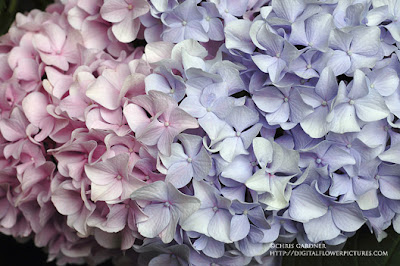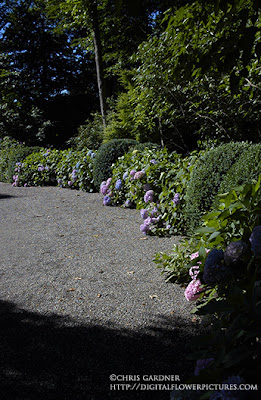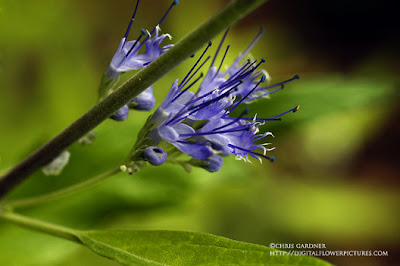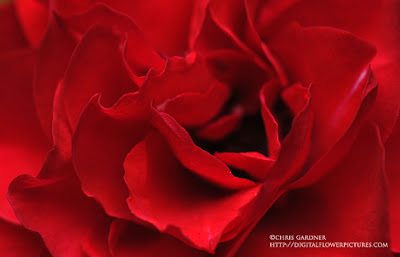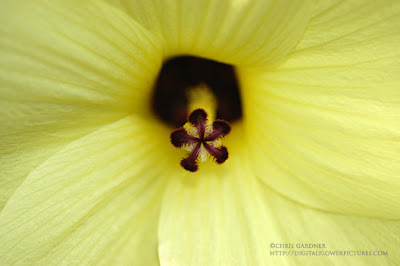
Flowering Okra
Abelmoschus manihot
(a-bel-MOS-kus) (MAN-ee-hot)
Malvaceae (mal-VAY-see-ay)
Synonyms: Sweet Hibiscus, Edible Hibiscus, Palmate-leaved Hibiscus
This is probably going to be the most interesting flower that I saw all summer. It was planted at the Bartlett Arboretum in Stamford, Connecticut. The plant was not too much to look at (a bit tall and stalky) but the flower really captured my fancy. If it hadn’t had a sign (which I took a picture of for reference) I wouldn’t have known what it was, although I would have guessed the Hibiscus family. I actually used the flash on this photo, which is something I usually avoid like the plague. I guess it is the fear of the unknown type of thing. I think it is more like the on-board flash usually washes everything out and is difficult to control. I want a Nikon Speedlight for Christmas.
Here is a link on the Flowering Okra. They explain everything better than I could.
hibiscus.org
Here are a couple excerpts that I found interesting:
“The Malvaceae family has a number of food plants. One of these is Abelmoschus esculentus, or Okra. It is best known for its mucilaginous* seedpods which are fried or used to thicken soups and stews. However, this is a true multipurpose plant with edible leaves, flowers, seedpods and mature seeds. It is an annual and is very heat tolerant and relatively free from pests.”
and
“While the large yellow flowers are very ornamental, the importance of this plant is that it is one of the world's most nutritious leafy vegetables because of its high protein content. The leaves are tender and sweet and can be served raw or steamed (leaffor life).”
(This series is being compiled by Colleen Keena from Queensland, Australia, Kristin Yanker-Hansen from California, USA, and Marcos Capelini from São Paulo, Brazil.)
*mu·ci·lag·i·nous
adj.
1. Resembling mucilage; moist and sticky.
2. Relating to or secreting mucilage.
Yesterday I got a little too much sun. It started out as a low-grade headache and then I got sick to my stomach. Luckily it was at the end of the day. I also might have been partially dehydrated. I think it was from pole pruning most of the day, which required looking up at the sun. I most definitely got sunburned on my forehead, which for me is a little unusual. I feel better this morning but it looks like another hot day. It wasn’t as bad as the time a couple of years ago when I got too much sun and became disoriented on the way home. That was scary. It just goes to show that even people that work outside all day and are used to the sun can feel the effects.
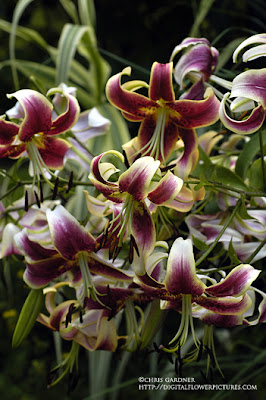
Here is an interesting Lily I saw blooming at Bartlett.
